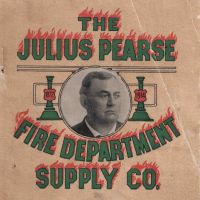Julius Pearse Fire Department Supply Co.
The Julius Pearse Fire Department Supply Company was an American fire department supply company founded in Denver, CO. The company primarily provided fire apparatus and fire engines, It is also known for its outdoor fire siren, which was one of many attempts by different companies to compete in the booming fire siren market of the early 20th century. Pearse could not compete with companies such as Sterling Siren and Federal Electric, leading to the company exiting the market and ultimately going defunct after the death of its founders. Only one Pearse siren is known to survive today, located in Mt. Baldy, CA.
History
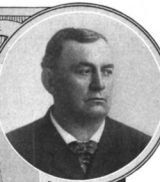
Julius Pearse was a German immigrant who was born in March 1847, moving to the United States in his early teens. Pearse lived in Chicago, IL until 1867, when he would move to Denver, CO. Denver had lacked a properly organized volunteer fire department system at this point in time, and by 1871 Pearse assisted in organizing the city's first dedicated volunteer fire department, and became the foreman of the Woodie Fisher Hose Company No. 1 in 1873. A few years later, he would be promoted to chief of the company for his efforts. Pearse would then help establish the Colorado State Fire Association and became its first president in 1876. Pearse was an honorary member of Denver's police and fire departments, and became chief of the Denver volunteer fire department. Pearse would ultimately resign from his position as chief engineer of the department in 1897, establishing the Julius Pearse Fire Department Company, which provided fire apparatus at a time when demand was at an all time high. Pearse would dabble in real estate and other ventures, and gained a reputation as a clear-headed, kind and dependable person.
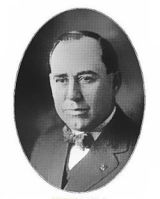

The company quickly became one of the largest suppliers of fire apparatus in the Western United States, enjoying great success selling a wide variety of products. The company would be officially incorporated on June 1, 1917, and would see further success throughout the 1910s and 1920s. Julius Pearse would run the company as president alongside his son, Julius Pearse Jr, until his death on April 27, 1917 at the age of 70, due to blood poisoning stemming from a foot injury he experienced while inspecting a fire engine. Julius Pearse Jr. would pass away on December 3, 1936 at the age of 52/53. It appears that the company did not last long past this point, as both of its namesake founders had passed away and there was much stiffer competition in the fire apparatus market by the 1930s from larger companies like W.S. Darley & Co. and American LaFrance.
Pearse siren
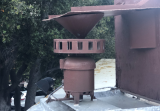
The Julius Pearse company is known for selling a very early example of an electric fire siren as early as 1914, at a time when fire sirens were still in their infancy. Other companies such as Heath Engineering Laboratories and Dillon Box Iron Works were also developing sirens at the time, but neither had seen widespread success at the time. The siren, which lacks a known model name, is a small two-horsepower single rotor vertical siren, and is one of the earliest examples of a vertical outdoor warning siren. The siren is incredibly basic, lacking any sort of housing or projector. and is nothing more than a bare rotor, stator and motor. The siren uses a short, wide rotor and stator, which is 14-port single tone. Interestingly, the Pearse siren has curved rotor vanes similar to a B&M, and there is a large gap between the roof of the rotor and the top of the stator. The ports on the siren are very short due to the low height of the stator, and the stator is held together in two pieces by two long bolts. The siren intakes from above, in a rotor-over-motor configuration.
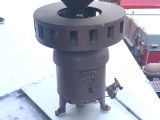
The motor is located underneath the stator, and is a low-torque 2 hp AC motor. It is an early example of a siren with a ball bearing motor, which allows the siren to coast for a long period of time. Pearse anticipated that the motor could be damaged from moisture or debris, and placed a large metal cap branded with "PEARSE CO. DENVER" (which has caused much confusion with William A. Box's Denver sirens) over the top of the motor in between the motor and stator. As a result, the rotor shaft is quite long between the chopper and motor. Four mounting legs are included underneath the motor. The Pearse siren was reported to be audible clearly in a range of five miles on a clear day, and would replace fire bells and other apparatus to summon volunteer firefighters. Some municipalities attempted to modify their sirens to improve their range, with one unit having a large cone placed above the intake to project the sound better.
Unfortunately for the company, siren technology rapidly developed in the 1910s and 1920s. Sirens were becoming larger, more powerful, and with much better rotor and projector designs. Cities were also rapidly expanding and background noise was increasing with automative traffic, and louder sirens were needed. This left Pearse's siren completely obsolete, and with Pearse's death in 1917, the siren was likely never redesigned to match the competition and never saw a successor. It is unknown exactly when the siren was discontinued, but none appear to have been sold in the 1920s. As of today, only a single example is known to survive in Mt. Baldy, CA. Thankfully, the siren is still in operational condition, although it is unused.
